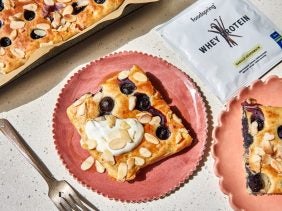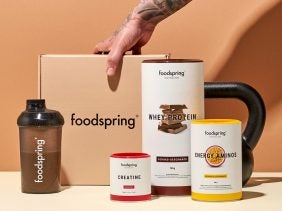From idea to final product: How does foodspring do product development?
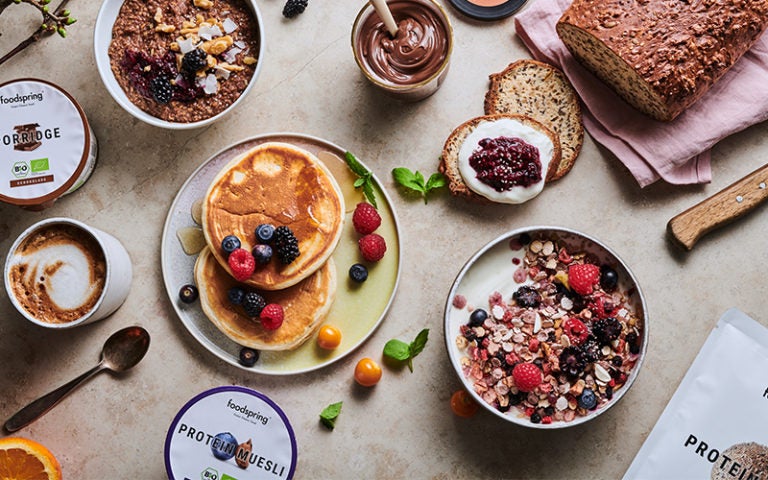 © foodspring
© foodspring
Discover the product development process behind our Protein Bars, Whey Protein, Protein Creams, and all of our other products.
If you need a little boost reaching your fitness and nutrition goals, our products taste great and will give you all the nutrients you need.
Browse for your new favorite product
What makes our product development and R&D teams so special?
Research and development are a very important team. Located in the heart of Berlin, along with the rest of the foodspring family, they’re always on the lookout for new market and culinary trends.
Product development consists of four stages:
- Research, Development, and Innovation: This involves developing new recipes and optimizing existing products that are already on the market.
- Quality Control: This ensures that everything we make meets certain hygienic requirements.
- Regulation: This ensures that our labeling and packaging complies with legal requirements.
- Strategic Purchasing: During this stage we secure supply chains and set prices.
Thankfully, all our departments are located under one roof and can easily exchange information on a regular basis. That’s how the magic of our development process happens.
Customer service and marketing can pass on customer product requests and criticism directly to the research and development departments.
Our team of food scientists, nutritionists, and innovation experts work not only on product development of new items, but also improving those that already exist.
With their help, we’re able to create delicious functional food that combines your needs with the latest scientific research. Our goal is to help you optimize your diet so that it’s easier to eat healthy on a regular basis.
From idea to product, phase by phase:
- New product development: brainstorming.
- Product concept is created.
- Product market and competition is analyzed.
- Recipes are developed.
- Product prototype is created.
- Suppliers are chosen.
- Product goes through internal and external tasting sessions.
- Final product is packaged, labeled, and priced for sale.
How do we come up with product ideas?
The amount of time it takes to come up with product ideas and introduce them to the market can vary widely. In some cases, it can even last up to a year from product development to launch.
Each of our new products starts with an idea. In research and development, we are always looking for new ways to help you live a healthier lifestyle.
How are our recipes developed?
As soon as the product idea is finalized, we then begin to experiment with the recipe in our test kitchen. That’s when we research ingredients and determine what will go into the manufacturing process.
Development processes can be totally different depending on what we’re working on, whether that’s something brand new or something we’re trying to improve.
How do we find the best products?
One of our biggest priorities is to make sure that what we make tastes great. If it doesn’t reach a minimum score during taste tests, we go back to the drawing board.
To find the best flavors, our entire team comes together to taste test the prototypes. Additionally, we organize tasting sessions with people outside of our offices to guarantee our products are the best they can possibly be.
Taste isn’t all we focus on, though. Texture, mouthfeel, smell, ingredients, and nutritional value are all things we take into consideration in our new product development.
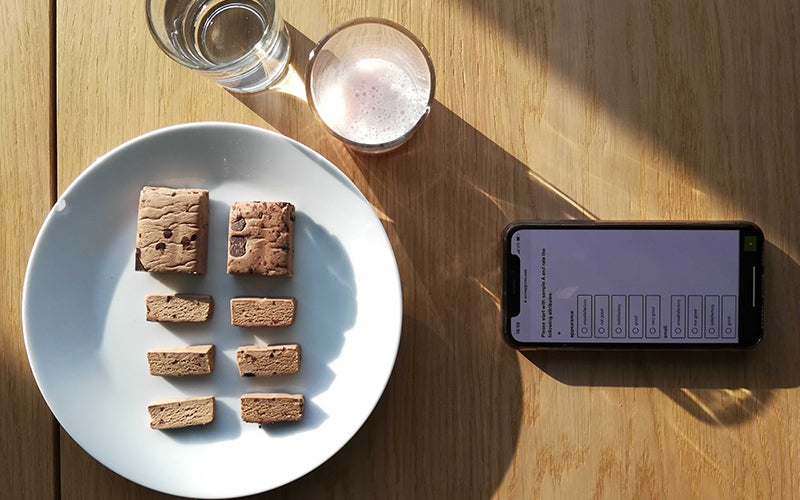
We use the results of the first round of taste tests to continue improving the product, and then we put it through another round of taste tests, and so on until the product reaches the minimum score necessary to launch it on the market.
It’s not unusual for us to receive negative feedback — in fact, it’s essential to optimizing our products for a wide range of preferences.
In general, it takes at least two tasting sessions to finalize a recipe for a foodspring product.
The good news is that our nutritionists know the exact nutritional values of each ingredient and can quickly and efficiently adapt our recipes to criticisms, requests, and suggestions without changing how healthy they are.
What nutritional requirements do our products need to meet?
We produce healthy alternatives to your favorite foods to make it easier for you to reach your nutrition and fitness goals. Though it’s true that you can’t make chocolate out of green beans, we’ve found ways to keep every product nutritious and satisfying at the same time.
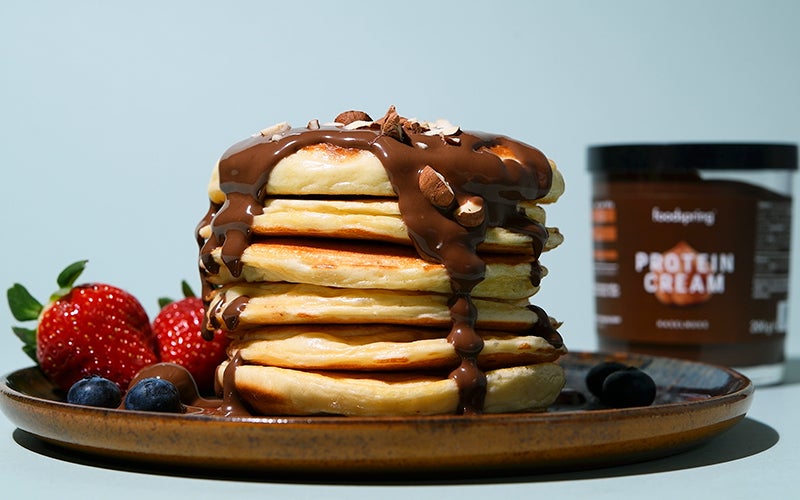
For example, our Hazelnut Protein Cream has different nutritional values than most classic chocolate spreads, but just as flavorful. It contains 85% less sugar, 40% fewer carbohydrates, and three times more protein — just what your muscles and stomach will be craving.
If you have ideas for our teams about development of the product selection at foodspring, leave your suggestions in the comments below!
Sources for this article
We at foodspring use only high-quality sources, including peer-reviewed studies, to support the facts within our articles. Read our editorial policy to learn more about how we fact-check and keep our content accurate, reliable, and trustworthy.
































